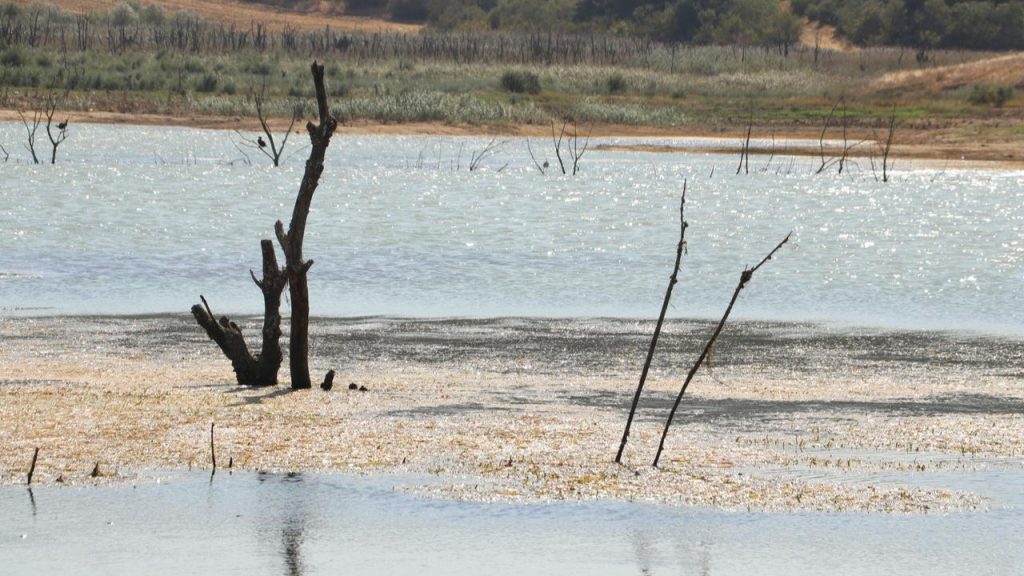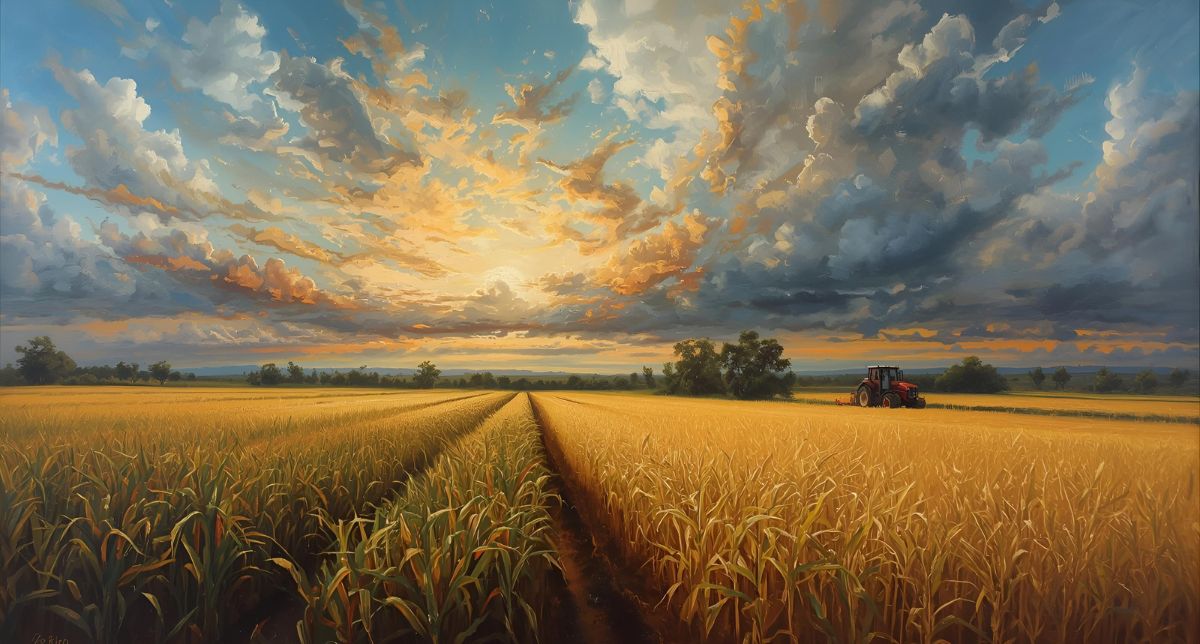In Turkey’s northwestern province of Tekirdag, the ongoing drought has reached a critical point. Once-reliable reservoirs have now run dry, leaving neighborhoods without running water for weeks. Residents describe going months without being able to shower at home, relying on bottled water for daily needs, or even traveling to Istanbul just to wash clothes.
This isn’t just an inconvenience — it’s a crisis that touches households, farmers, and ecosystems alike. The Naip Dam, once a vital source of supply, has fallen to zero percent capacity after seeing no rainfall in June or July. Farmers are struggling to irrigate their crops, local ecosystems are suffering, and communities face water cuts lasting hours to weeks at a time.
The numbers paint a stark picture. Across Turkey, rainfall fell 71% in July compared to last year, with the Marmara region — which includes Tekirdag and Istanbul — recording 95% less than the monthly average. Over the past decade, Tekirdag has experienced increasingly severe water stress, with groundwater reserves sinking to twice their former depths.
What is happening in Tekirdag is not an isolated incident. Turkey is part of a broader Mediterranean region facing recurring droughts and extreme weather, amplified by climate change. This has profound implications not only for water security but also for food systems, health, and urban resilience.
Authorities are now searching for alternatives: redirecting irrigation water for domestic use, drilling emergency wells, and building new pumping systems to keep urban areas supplied. But these are stopgap measures. The longer-term challenge is clear — we must rethink how water is managed in a world where climate uncertainty is becoming the norm.
The crisis in Tekirdag is a reminder that access to water, something many of us take for granted, is one of the most fragile foundations of our societies. It is also a call to strengthen adaptation strategies: from efficient irrigation to water recycling, from stronger infrastructure to public awareness.
💧 Water is not just a resource — it is life itself. Tekirdag’s drought shows us what happens when that lifeline is pushed to the breaking point.



